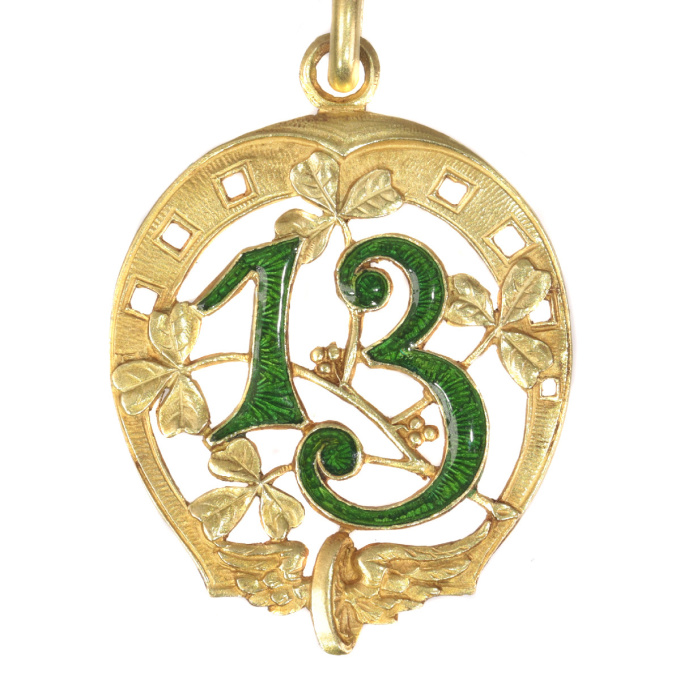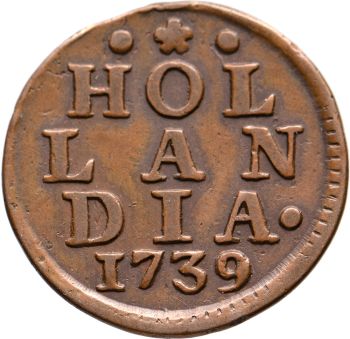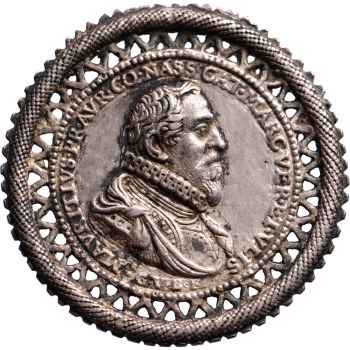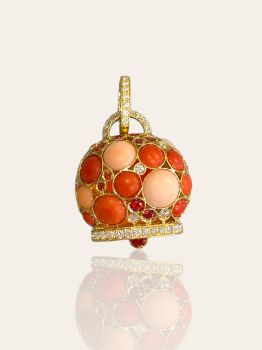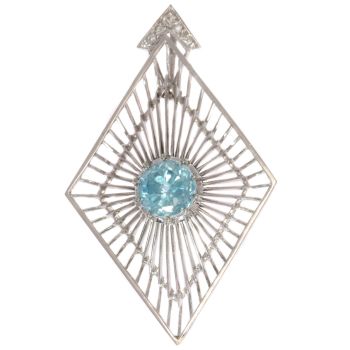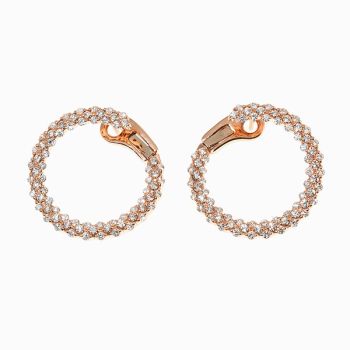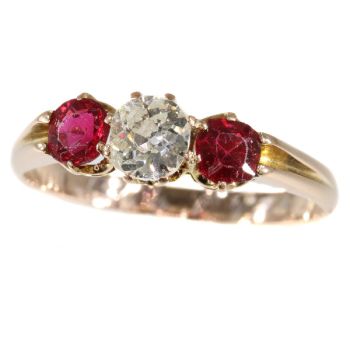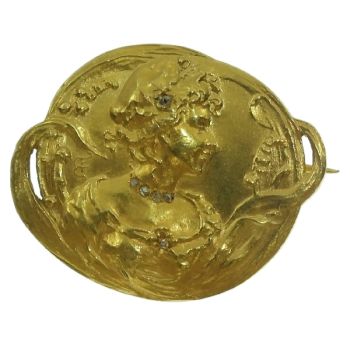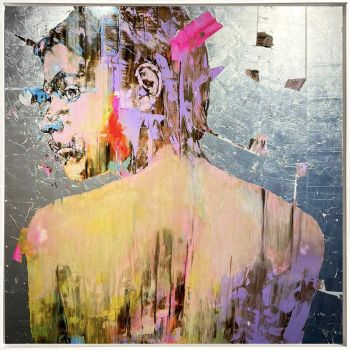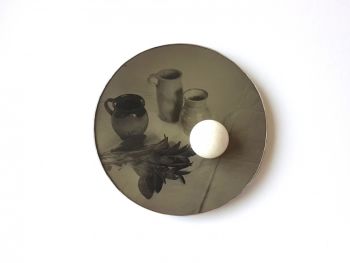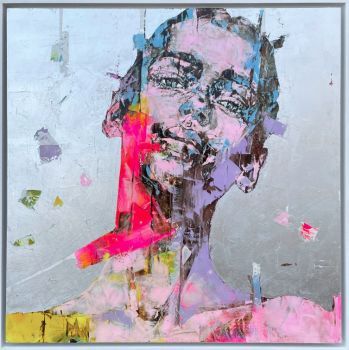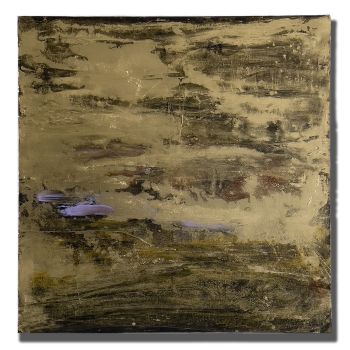Antique enameled gold lucky charm horse shoe 13 winged wheel and clover 1900
Unknown artist
GoldEnamel
Currently unavailable via Gallerease
- About the artwork
Antique jewelry object group: pendant
Condition: very good condition
- (more info on our condition scale)
Country of origin:Although it does not carry any legible control marks we believe this to be of Belgian origin.
Style: Late-Victorian - Victorian decorative arts refers to the style of decorative arts during the Victorian era. The Victorian era is known for its eclectic revival and interpretation of historic styles and the introduction of cross-cultural influences from the middle east and Asia in furniture, fittings, and Interior decoration.
Victorian design is widely viewed as having indulged in a regrettable excess of ornament. The Arts and Crafts movement, the aesthetic movement, Anglo-Japanese style, and Art Nouveau style have their beginnings in the late Victorian era.
- See also: late-Victorianor more info on styles
Style specifics: Late Victorian / early Art Nouveau - The subject of this piece, although typical 19th Century, announces the coming of the Art Nouveau style.
Period: ca. 1900
- (events & facts of this era, poetry of this era, fashion of this era)
Source of inspiration: Good luck tokens
Theme: various luck bringing symbols (see further in this text)
Material: 18K yellow gold (touchstone tested)
- (more info on precious metals)
Technique: Enamelling is an old and widely-adopted technology. The ancient Egyptians applied enamels to pottery and stone objects. The ancient Greeks, Celts, Russians, and Chinese also used enameling processes on metal objects. Enamel is the colorful result offusing powdered glass to a substrate by firing, usually between 750 and 850 degrees Celsius. The powder melts and flows and hardens to a smooth, durable vitreous coating on metal, glass or ceramic. According to some sources, the word enamel comes fromthe High German word smelzan (to smelt) via the Old French esmail. Used as a noun, "an enamel" is a usually small decorative object, coated with enamel coating, such as a champlevé or a cloisonné (different techniques).
Extra information on the symbolism in this pendant:
Winged wheel - The wheel has been associated with technology since time immemorial. When it acquires wings its significance increases greatly. The idea of motion is amplified to an extreme degree: as fast as a bird can fly, and that to the AncientGreeks and Romans, was the ultimate in speed. The "winged wheel" is seen most often in connection with Athena but also frequently with Mercury. The wheel with wings is, in a sense, a "spinning" or moving wheel. Together with Mercury, by itself or with other figures, it is the most common symbol for communication and/or transport. (From Google)
Horse shoe - There is no consensus among historians as to when and by who horseshoes were first invented. What seems most plausible is that shoeing was invented by numerous armorers in different places at about the same time, and then kept as a military secret for a very short time - until the practice was apparently widespread. Fact is that to date they are considered to bring good-luck.
Three leaf clover or Shamrock - The shamrock was traditionally used for its medical properties and was a popular motif in Victorian times. According to what the Oxford English Dictionary calls "a late tradition" (first recorded in 1726), the plant wasused by Saint Patrick to illustrate the doctrine of the Trinity. However, the posthumous timing of this legend (coming some 1,200 years after his death), and the lack of supporting evidence found in St. Patrick's writings have caused some to question its authenticity.
Lucky number 13 - click here for an explanation on number 13.
Hallmarks: No trace.
- (more info on hallmarks)
Dimensions: height 3,45 cm (1,36 inch) - See picture with a ruler in cm and inches
Weight: 3,30 gram (2,12 dwt)
Reference Nº: 19254-0122
Copyright photography: Adin, fine antique jewelry
- About the artist
It might happen that an artist or maker is unknown.
Some works are not to be determined by whom it is made or it is made by (a group of) craftsmen. Examples are statues from the Ancient Time, furniture, mirroirs, or signatures that are not clear or readible but as well some works are not signed at all.
As well you can find the following description:
•“Attributed to ….” In their opinion probably a work by the artist, at least in part
•“Studio of ….” or “Workshop of” In their opinion a work executed in the studio or workshop of the artist, possibly under his supervision
•“Circle of ….” In their opinion a work of the period of the artist showing his influence, closely associated with the artist but not necessarily his pupil
•“Style of ….” or “Follower of ….” In their opinion a work executed in the artist’s style but not necessarily by a pupil; may be contemporary or nearly contemporary
•“Manner of ….” In their opinion a work in the style of the artist but of a later date
•“After ….” In their opinion a copy (of any date) of a work of the artist
•“Signed…”, “Dated….” or “Inscribed” In their opinion the work has been signed/dated/inscribed by the artist. The addition of a question mark indicates an element of doubt
•"With signature ….”, “With date ….”, “With inscription….” or “Bears signature/date/inscription” in their opinion the signature/ date/ inscription has been added by someone other than the artist
Related artworks
Unknown artist
An Indian part-gilt silver-clad ceremonial sceptre or mace with a tiger’s head1850 - 1900
Price on requestZebregs & Röell - Fine Art - Antiques
 Curated by
Curated byDanny Bree
1 - 4 / 12- 1 - 4 / 24
- 1 - 4 / 24

